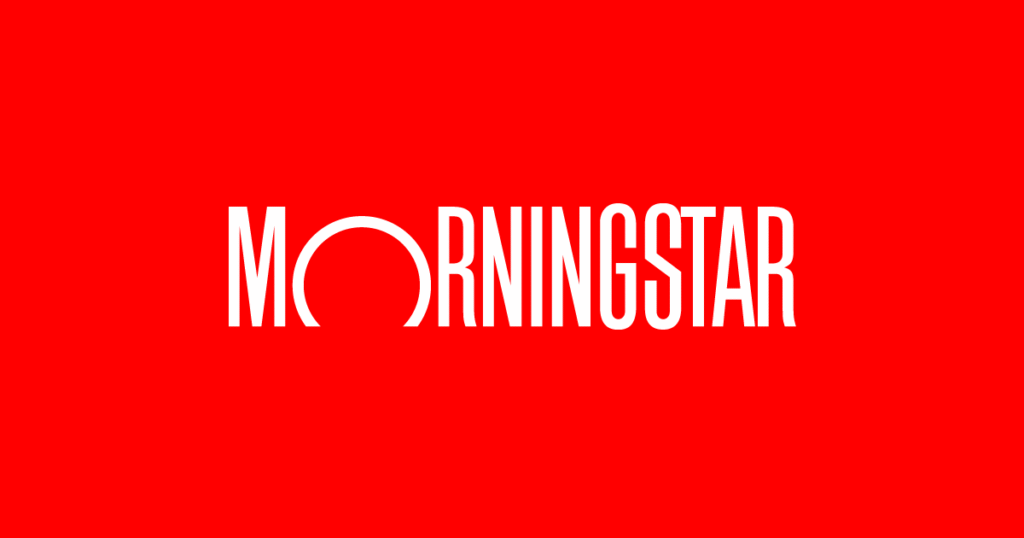By Aarthi Swaminathan
Further drops in mortgage rates could bring more buyers back into the market
The housing market has been stuck in a rut because of high mortgage rates and home prices.
Mortgage rates took a dive on Tuesday, pushing the 30-year rate to the lowest level in a month.
The 30-year fixed-rate mortgage dropped by 12 basis points to the lowest level since Oct. 28, according to a daily survey by Mortgage News Daily. The 30-year was down to 6.2% as of Nov. 25.
The 30-year mortgage averaged 6.93% on the same day a year ago.
The decline in rates followed a drop in the 10-year Treasury note, which fell below 4% for the first time in almost a month after financial markets bet on the likelihood of future interest-rate cuts by the Federal Reserve.
Mortgage rates don’t directly follow the direction of the Fed’s benchmark short-term interest rate; instead, they tend to move in tandem with the yield on the 10-year Treasury note.
“After the delayed September jobs report delivered mixed signals, several Fed key officials hinted they would back another rate cut … despite some likely dissent on the committee,” Jake Krimmel, a senior economist at Realtor.com, said in a statement.
(Realtor.com is operated by News Corp subsidiary Move Inc.; MarketWatch publisher Dow Jones is also a subsidiary of News Corp.)
That prompted markets to factor in the possibility of the Fed easing monetary policy. “A further cut, which traders think will happen with 80% probability, would likely bring mortgage rates down to 2025 lows just as the year comes to a close,” he added.
The housing market has been stuck in a rut because of high mortgage rates and home prices. With homeownership too expensive for most Americans, home sales have been largely depressed nationwide.
More home sellers have begun to cut prices to reflect sagging demand, but that hasn’t sparked a rebound just yet.
But more buyers are gradually entering the market, as seen by recent mortgage-application data.
The share of people applying for a mortgage to purchase a home rose nearly 8% as of the week ending Nov. 21, according to data from the Mortgage Bankers Association, with a notable increase across government-backed loans such as the Federal Housing Administration and the Department of Veterans Affairs.
“The government purchase index, which includes FHA, VA and [U.S. Department of Agriculture] applications, increased 9% and had the strongest week since 2023,” Joel Kan, deputy chief economist at the MBA said.
“Despite slowing home-price growth and lower mortgage rates, affordability remains a challenge in many markets, and government loan programs remain appealing to qualified buyers looking to purchase a home,” he added.
Loans backed by the VA and USDA allow buyers to put zero dollars down as payment when buying a house.
Further drops in mortgage rates could bring more buyers back into the market.
Housing-finance giant Fannie Mae expects the 30-year to average 6.0% in 2026, but potentially drop to 5.9% by the fourth quarter of next year.
Ultimately the direction of rates will depend on how financial markets assess the future of the U.S. economy.
Since mortgage rates are tied closely to the 10-year Treasury note, and hence to the Fed’s rate-cutting agenda, “much of where the mortgage and the housing market is headed depends on the inflation and labor market outlook,” Krimmel said.
“If inflation cools, the labor market rallies, and the Fed delivers another cut, the housing market could enter 2026 with real momentum,” he added.
-Aarthi Swaminathan
This content was created by MarketWatch, which is operated by Dow Jones & Co. MarketWatch is published independently from Dow Jones Newswires and The Wall Street Journal.
(END) Dow Jones Newswires
11-26-25 0700ET
Copyright (c) 2025 Dow Jones & Company, Inc.

